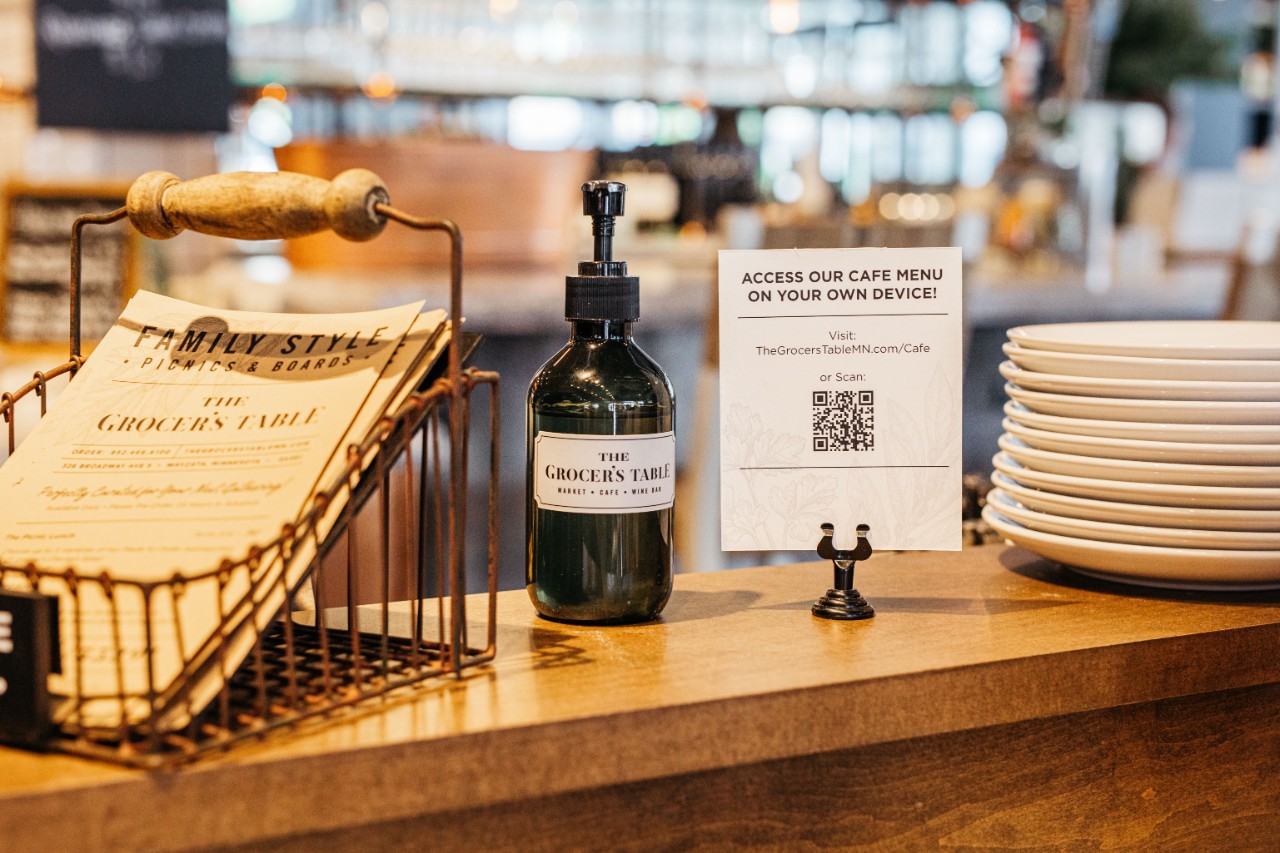At Shea, we pride ourselves on staying on top of what’s happening in design news. It helps us keep tabs on what’s fresh, inspiring, and happening in the world—and we make a few headlines of our own, too. Here are some recent articles delving into design, experience, and what’s buzzing in our community:
“The Next Now: How Consumer Spaces Are Putting New Norms Into Place” – Shea:
The latest in our Now and Next series, this piece focuses specifically on restaurant/hospitality and workplace, and how they’re implementing the most effective solutions (and how we’re looking forward to help in the future).
“A Multi-Billion Dollar Opportunity: Virus-Proofing the New Office” – New York Times:
This piece looks at the services and tactics that a variety of companies have begun offering to companies and office buildings as workplaces begin to figure out how to safely reopen. Makers are rebranding their wares as virus-containment products, or creating new services to appease new fears—but even in a captive market, it’s important to remember that it’s too soon to see if preventive tools and rules work. The Times focuses on solutions for lobbies, elevators, office layouts, conference rooms, and common spaces, as well as methods for employee tracking and contact tracing.
“Is It Time to Get Rid of Menus for Good?” – Grub Street:
With the current focus on keeping restaurant tables uncluttered and sanitary, more and more restaurants are looking to go digital or disposable with their menus. Grub Street looks at how this is happening around the country: one-use disposable menus, carryable or mounted chalkboards, or higher-tech, with QR codes for diners to scan and read menus on their phones.
“This Is the Future of Hotel Design After Coronavirus” – Business Insider:
This piece looks at all the different areas of hotel design and how they’ll shift in post-pandemic life. While current hotels are adapting, future designs will incorporate touchless systems, multifunctional spaces, and common areas that open up to the outdoors. For now, and possibly for a while to come, fitness and food offerings will primarily be in-room. Common spaces will need to be more adaptable and flexible than ever so that they can easily change with health and safety attitudes, and perception of cleanliness (with fewer surfaces and fabrics) is key in guest rooms.
“How Workplaces Can Shift to Holistic Wellbeing Ahead of Returning to Work” – Work Design:
This piece looks at how workplaces can change their design and perspective before employees start returning post-COVID, not only focusing on physical wellbeing but also emotional and cognitive health. Designing with empathy will be important, creating quiet areas and focus rooms to reduce noise and provide some calm. Giving quick access to daylight and outdoor views will also help employees ease back in and improve health, and of course companies should be maximizing or creating indoor-outdoor space and incorporating biophilia into the interior to help with creativity and cognitive health. Finally, creating spaces that are personalized to your company and individualized to employees is one of the most important ways to bolster health. Incorporating the right features and tech for work/life balance and giving teams a stake in the design will make them more invested in the company, and expressing company values through spatial design is key.
“Everywhere Retail: Our New Priorities of Health and Wellness” – Design:Retail:
Written by a retail consultant, this piece looks at how the industry is using the COVID pause to innovate and re-imagine the retail world. Retail has changed dramatically in the last few months: First, there’s been an empathy revolution to help everyone understand interconnectedness and reliance; second, there’s a priority placed on self-protection now. These realizations will bring new behaviors to retail, including several detailed in this article: new priority placed on health and wellness (reflected in brand experience), “retail therapy” reframed as a healthy experience, self-development through retail, a healthy retail experience, and meditative shopping.
“Pine Mountain Plans Take the Northwest Arkansas Business Journal Cover Story” – Shea:
The Northwest Arkansas Business Journal story on how plans are moving forward with the Pine Mountain development in Eureka Springs, a Shea-designed destination resort.
“Designing Restaurants in a Post-Pandemic World” – Restaurant Development + Design:
Restaurant Development + Design digs into the aftershocks of COVID on restaurant design—starting with, maybe most importantly, designing specifically for off-premise dining, a strategy that’s been critical to many restaurants’ survival. Some solutions that restaurants are looking to designers for help with are extra production lines, creative pickup stations, adding separate entrances, and creating drive-thrus. Restaurants are also looking to have designated spaces for contactless-order pickups to reduce physical touchpoints, and clear ways to showcase safety and sanitation to help draw customers back into dining rooms (which are reconfigured for now but may be downsized in the future as takeout continues to grow).
“The 10 Best Supermarkets in America: 2020” – Food & Wine:
Food & Wine’s annual rundown of the best market chains in America looks a little different this year—for each spot mention, they not only discuss why it makes the list as a yearlong favorite, but how the brand and stores pivoted in the face of COVID-19. Beyond the list, the introduction is valuable, as it discusses the challenges that both grocery stores and shoppers faced, but also the triumphs that stores have had as people have been buying groceries more.
“What Should Restaurants Stand For During COVID-19? Safety and Creativity” – FSR:
FSR looks and how restaurants can stand up and stand apart during and after the pandemic, from food to experience to looking towards the future. Operators need to be looking to go the extra mile to please and soothe diners, and mistakes right now can be fatal. Furthermore, the restaurant experience needs to be enhanced and become a brand that diners can be loyal to. Restaurant owners need to be leveraging all of their partnerships and connections to create spaces and operations that feel safe, efficient, and still fun for guests, and they still need to be employing all of their creative resources to come up with takeout and delivery options that feel fresh for those who prefer not to dine in the restaurant right now.
July 10, 2020
Shea Links: July

